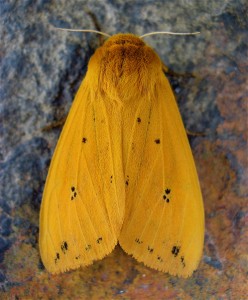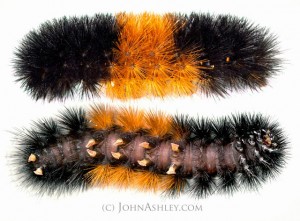From Wildlife Management Institute
On Election Day this year, a number of state and local conservation funding initiatives will be on the ballot for voters to consider with the potential of over $25 billion being dedicated for conservation and restoration. The largest initiatives in Florida, New Jersey, North Dakota, California and Maine bring a variety of opportunities for funding land conservation, water quality and outdoor recreation. But support for these initiatives also vary with opponents like state chambers of commerce actively working against some of the efforts, reports the Wildlife Management Institute.
By far the largest initiative is being considered in Florida where an estimated $18 billion is at stake. Amendment 1 is a constitutional amendment that would dedicate 33 percent of annual revenue raised through an existing tax on real estate transactions over the next 20 years to conservation projects. While the state has had bipartisan support for conservation spending, appropriations have declined dramatically in recent years undermining efforts for land conservation and Everglades restoration. Amendment 1 would fund the state’s Land Acquisition Trust Fund to acquire, restore, improve, and manage conservation lands including: wetlands and forests; fish and wildlife habitat; lands protecting water resources and drinking water sources, including the Everglades, and the water quality of rivers, lakes, and streams; beaches and shores; outdoor recreational lands; working farms and ranches; and historic or geologic sites. The amendment requires a 60 percent supermajority vote in support to be approved and is broadly supported by diverse organizations. While the Florida Chamber of Commerce, Farm Bureau and other groups oppose the initiative, current polling suggests that it is receiving strong support from voters.
New Jersey is also considering a constitutional amendment for long-term, dedicated funding for a variety of environmental and conservation programs. The state has a long history of support at the ballot for programs like the state’s Green Acres land preservation efforts. However, this is the first time the state is seeking dedicated funding that is estimated to total $2.15 billion over the next 20 years to acquire land prone to flooding, protect natural areas, farmland and watersheds, and provide for parks, historic preservation, underground storage tank removal and brownfield remediation. If approved, Public Question #2 will reallocate 4 percent of an existing state corporate business tax for an estimated $71 million annually for the first four years, and beginning in 2019, it would dedicate an additional 2 percent of business tax revenues increasing the annual funding to $117 million. While municipalities, counties and agricultural boards across the state generally support the amendment, Americans for Prosperity has led opposition against the amendment along with the state’s governor, Chris Christie.
In North Dakota, the Clean Water, Wildlife and Parks constitutional amendment, Measure 5, would dedicate 5 percent of tax revenue from oil development for conservation and recreation over the next 25 years. Funds would be used for water quality, natural flood control, fish and wildlife habitat, parks and outdoor recreation areas, access for hunting and fishing, the acquisition of land for parks, and outdoor education for children. While North Dakota has seen dramatic losses of prairie habitat in recent years, this initiative is receiving the greatest opposition from business interests including the American Petroleum Institute, the Chamber of Commerce and state agricultural interests who claim that farmlands would be purchased to take them out of production. However, the amendment does not change the North Dakota Corporate Farming Law that prohibits most conservation groups from buying land without governor approval.
“My family has always prided itself on having a strong conservation ethic. Conservation programs funded through Measure 5 will be 100 percent voluntary and could benefit all farming and ranching operations in North Dakota if producers wish to take part. Producers could use grant dollars for things like buffers along waterways, cover crops to advance soil health, enhanced grazing systems, and improved wildlife habitat on marginal areas,” said Gabe Brown, an agricultural producer supporting the amendment. “The fact is, Measure 5 will benefit family farms and ranches across North Dakota.”
Both California and Maine are considering bonds that will improve the states’ water infrastructure. California will be considering a $7.5 billion bond for watershed protection and restoration, forest health, wetland habitat and for additional water storage. Proposition 1 would make improvements to a water system that has been significantly impacted by the current drought in the state. In Maine, Question 6 would create a $10 million bond to fund natural and built infrastructure to reduce threats to the state’s water resources, improve stormwater management, and conserve habitat for recreational fisheries, waterfowl, and aquatic and other wildlife species.
In addition to the statewide ballot initiatives, a number of counties and local communities are also considering conservation funding proposals. This includes Los Angeles County, California; Portland, Oregon; Missoula, Montana, Larimer County, Colorado; Benton County,Washington; Bernalillo County, New Mexico, and Beaufort County, South Carolina. In total there are 39 measures being tracked by The Trust for PublicLand’s Land Vote this election season.




